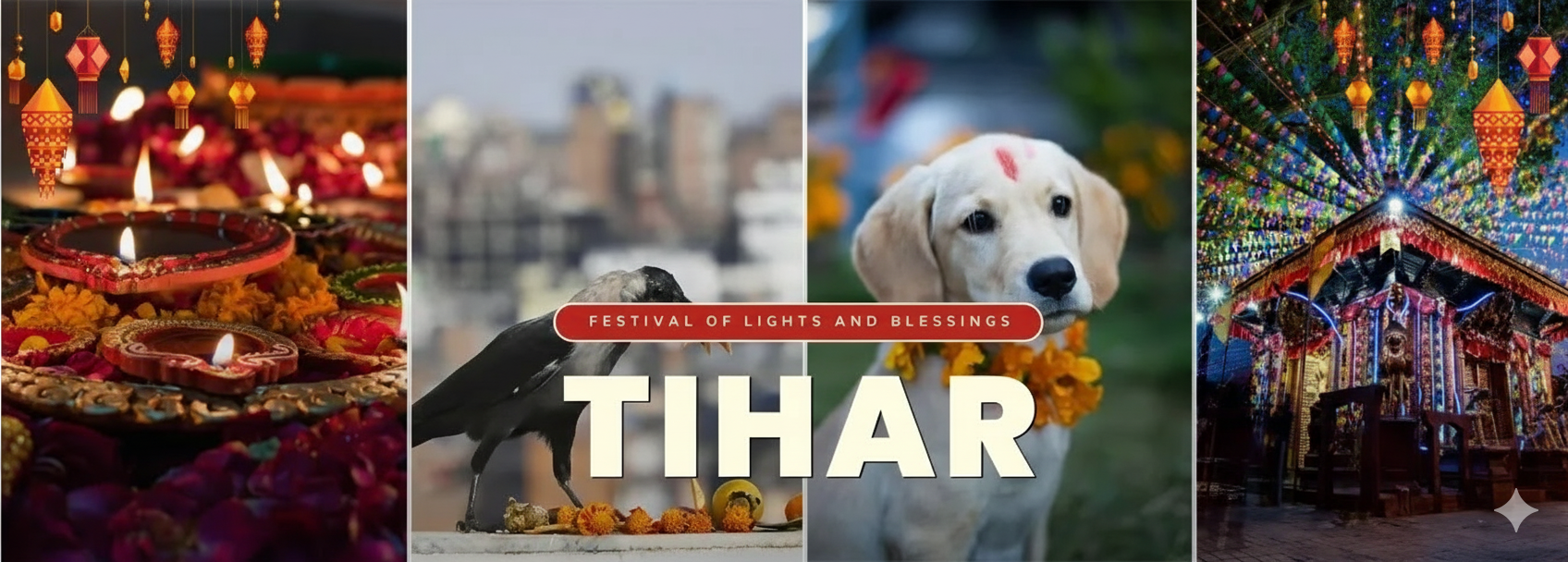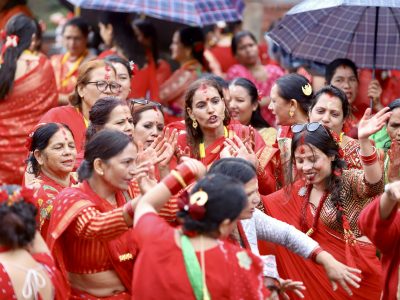Tihar 2025: Festival of Lights in Nepal
Dates: Sunday, October 19 – Thursday, October 23, 2025
Nepali Calendar: Kartik 2 – Kartik 6, 2082
Introduction
Tihar, also known as the Festival of Lights or Deepawali, is one of Nepal’s most cherished celebrations and the second most important festival after Dashain. For five radiant days, homes, streets, and temples across the country glow with oil lamps, candles, and colorful lights — symbolizing the triumph of light over darkness, knowledge over ignorance, and good over evil.
This festival is deeply rooted in love, respect, and harmony — values that transcend religion and reflect the essence of human dignity and coexistence. Each day of Tihar carries a special meaning, honoring not only gods and goddesses but also animals that share our lives — the crow, dog, and cow — symbolizing the interconnectedness of all living beings. It is a reminder that compassion, gratitude, and mutual respect are fundamental human rights and responsibilities.
The final day, Bhai Tika, celebrates the sacred bond between brothers and sisters, representing trust, protection, and equality — values that embody the spirit of human relationships. During this ritual, sisters apply tika on their brothers’ foreheads, praying for their long life and prosperity, while brothers pledge love and lifelong protection in return.
In 2025, Tihar will begin on Sunday, October 19 (Kaag Tihar) and conclude on Thursday, October 23 (Bhai Tika). According to the Nepali calendar, it falls between Kartik 2nd and Kartik 6th, 2082. The auspicious time for Bhai Tika is 11:39 AM on Thursday, October 23. While the exact time is traditionally used for ceremonial purposes, people across the nation celebrate throughout the day, sharing blessings, lights, and happiness with their loved ones.
Ultimately, Tihar is more than a festival — it is a celebration of humanity itself. It reminds us that peace begins with kindness, that every being deserves respect, and that true light shines not from lamps alone, but from the goodness we share with others.
Updated Tihar 2025 Dates in Nepal
Day |
Date (English) |
Nepali Date |
Celebration |
|---|---|---|---|
Day 1 |
Sunday, Oct 19, 2025 |
Kartik 2, 2082 |
Kaag Tihar (Crow Worship) |
Day 2 |
Monday, Oct 20, 2025 |
Kartik 3, 2082 |
Kukur Tihar & Laxmi Puja |
Day 3 |
Tuesday, Oct 21, 2025 |
Kartik 4, 2082 |
Gai Tihar (Cow Worship) |
Day 4 |
Wednesday, Oct 22, 2025 |
Kartik 5, 2082 |
Govardhan Puja / Mha Puja |
Day 5 |
Thursday, Oct 23, 2025 |
Kartik 6, 2082 |
Bhai Tika (Brother-Sister Day) |
The Five Days of Tihar 2025
Day 1 – Kaag Tihar (Sunday, Oct 19, 2025)
Tihar begins with Kaag Tihar, the worship of crows, believed to be messengers of Yama, the god of death. Families place offerings of grains and food on rooftops or courtyards to show gratitude, respect, and mindfulness, inviting prosperity and positive energy into their homes. This ritual teaches us the value of honoring all creatures and recognizing their role in the balance of life.
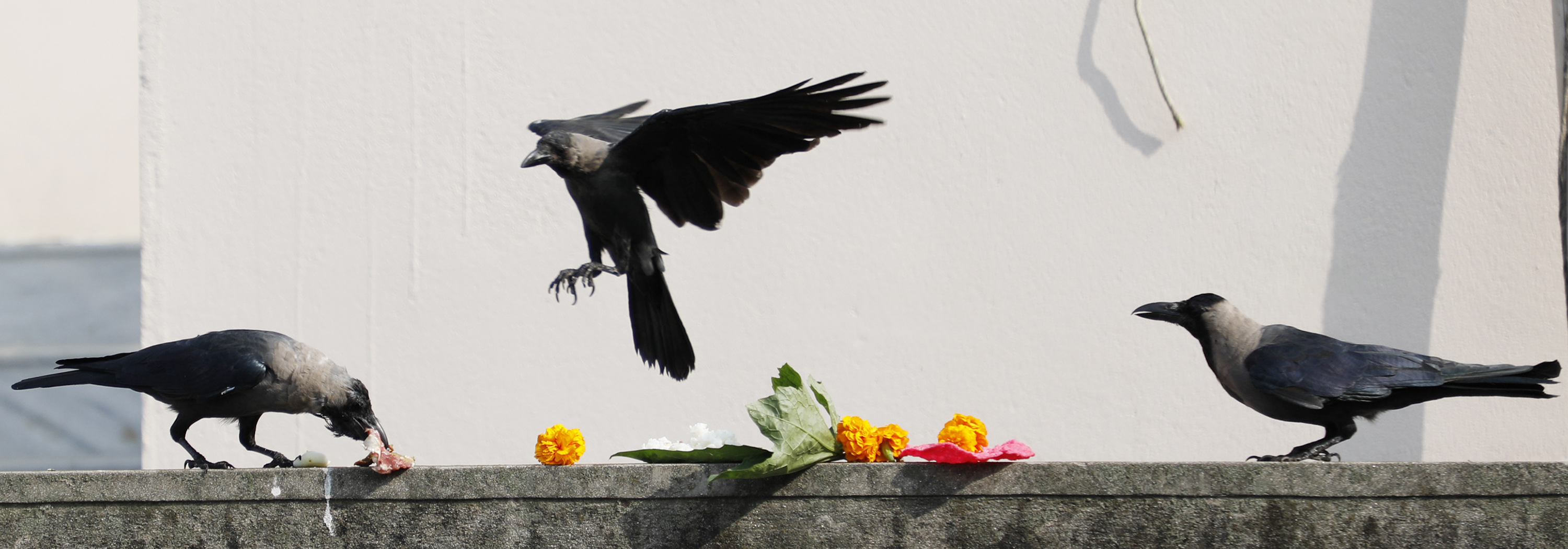
Day 2 – Kukur Tihar & Laxmi Puja (Monday, Oct 20, 2025)
The second day celebrates dogs (Kukur) for their loyalty, protection, and spiritual significance. Dogs are adorned with garlands, tika, and special meals, reminding us to honor the faithful companions who enrich our lives.
In the evening, Laxmi Puja marks the most significant day of Tihar. Homes are cleaned, decorated, and illuminated with diyos and candles to welcome Goddess Laxmi, symbolizing wealth, well-being, and abundance for all. The air resonates with Deusi–Bhailo songs, as communities visit homes, spreading goodwill and blessings — a reflection of social harmony, inclusion, and shared joy.

Day 3 – Gai Tihar (Tuesday, Oct 21, 2025)
Gai Tihar honors cows, symbols of prosperity, nurturing, and maternal care. Families offer garlands, food, and prayers, recognizing the cow’s vital role in sustaining human life. This day underscores respect for all living beings and the interconnectedness of humans and nature.
Day 4 – Govardhan Puja & Mha Puja (Wednesday, Oct 22, 2025)
The fourth day encompasses multiple important rituals:
-
Govardhan Puja celebrates Lord Krishna, who lifted Mount Govardhan to protect villagers from heavy rains, symbolizing courage, protection, and environmental stewardship.
-
Goru Puja honors oxen for their indispensable role in agriculture, reminding us of fair treatment and gratitude toward working animals.
-
Mha Puja, observed by the Newar community, is a ritual of self-purification and empowerment, marking the Newar New Year (Nepal Sambat). It emphasizes inner reflection, dignity, and the value of the individual in society.

Day 5 – Bhai Tika (Thursday, Oct 23, 2025)
The festival concludes with Bhai Tika, celebrating the sacred bond between brothers and sisters. Sisters apply a multi-colored tika on their brothers’ foreheads, offer garlands and sweets, and pray for their protection and long life. Brothers, in return, give gifts and pledge lifelong care. Beyond the ritual, Bhai Tika is a profound expression of love, equality, mutual respect, and family solidarity, highlighting the human right to care, support, and emotional connection.
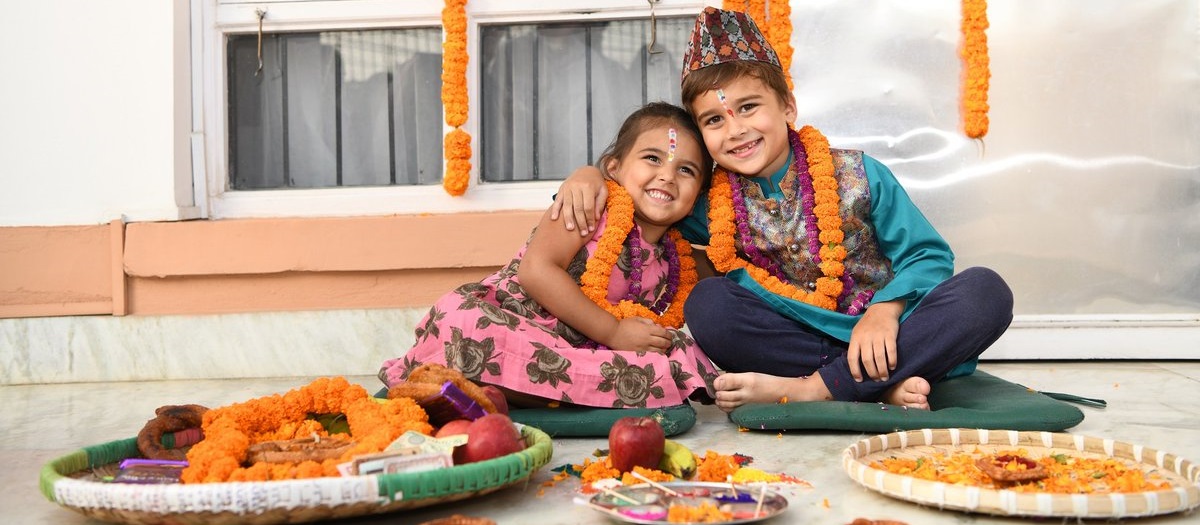
Why is Tihar Celebrated?
Tihar is celebrated to honor Goddess Laxmi, the bringer of wealth, prosperity, and well-being, and Yama, the god of death, who reminds us of the impermanence of life and the importance of living with kindness and truth. Yet beyond its religious roots, Tihar carries a deep human message — one of respect, gratitude, and equality among all living beings.
Each day of Tihar acknowledges the interdependence of life. People offer food to crows, the messengers of the divine; dogs, our loyal protectors and friends; cows, symbols of nourishment and motherhood; and oxen, tireless partners in human labor. These rituals reflect a profound truth — that every creature has value and deserves compassion. In this way, Tihar beautifully expresses the idea of universal rights and dignity, extending beyond humans to all forms of life.
The festival also emphasizes human connection and equality. On Bhai Tika, the final day, sisters and brothers celebrate their sacred bond through love, protection, and mutual respect — a reminder that gender balance, care, and emotional support are essential human needs and rights.
Ultimately, Tihar is not only about lighting lamps and decorating homes; it is about illuminating hearts. It reminds us to choose light over darkness, hope over despair, and humanity over division. It encourages us to live in harmony with nature, honor each other’s rights, and build a community where every being — human or animal — is treated with dignity, respect, and love.
Why Tihar is Also Called Yama Panchak
The word “Yama Panchak” translates to “Five Days of Yama,” referring to the god of death and justice in Hindu belief. Each of the five days of Tihar is connected to Yama and his sister Yamuna, whose story represents the power of love, care, and equality between family members.
According to ancient legend, Yamuna’s unwavering devotion to her brother moved Yama so deeply that he granted her a blessing — anyone who follows these rituals with sincerity would be protected from untimely death and blessed with a long, meaningful life. This bond between brother and sister became a universal symbol of trust, protection, and emotional dignity — the essence of human rights within families.
Beyond religion, Yama Panchak teaches us that life and death are part of the same natural cycle, and what gives life its value is the love, compassion, and respect we share with others. It reminds us that justice, equality, and care for one another — regardless of gender or status — are not just divine virtues, but fundamental human rights that bring peace and harmony to society.
Travel During Tihar 2025
October and November are among the best months to visit Nepal. The skies are clear, the weather is pleasant, and the atmosphere is filled with festive energy and cultural vibrancy. During Tihar, cities and towns are adorned with colorful lights, traditional diyos (oil lamps), flowers, and rangoli patterns, creating a magical glow after sunset. You can hear the melodious sounds of Deusi–Bhailo songs echoing through neighborhoods as youths visit homes, spreading blessings and joy.
Tihar is a perfect time to experience Nepali culture firsthand. While schools, offices, and some businesses remain closed for 3–5 days, tourism remains active, allowing travelers to explore the country’s natural and spiritual beauty without much disruption.
-
Kathmandu: Witness the capital city decorated with lights and flowers. Visit Pashupatinath Temple, Boudhanath Stupa, and local neighborhoods celebrating Tihar with rituals honoring Goddess Laxmi, crows, dogs, and cows. Experience the energy of Chhath Parva, particularly in areas near rivers and ponds, where devotees offer prayers to the Sun God.
-
Pokhara: Enjoy the scenic beauty of Phewa Lake illuminated by Tihar lamps and watch cultural celebrations in local communities. Take part in traditional music and dance performances that coincide with festival days.
-
Chitwan: Combine Tihar festivities with a jungle safari, spotting wildlife while enjoying rural celebrations and local Tihar rituals in Tharu villages.
-
Lumbini: Experience spiritual Tihar celebrations in the birthplace of Lord Buddha, with temples beautifully decorated and prayer ceremonies highlighting peace and harmony.
For adventure seekers, you can combine your cultural exploration with trekking and tour packages:
-
Everest Base Camp Trek (16 days) – US $1600
-
Annapurna Base Camp Trek (10 days) – US $1100
-
Upper Mustang Jeep Tour
-
Chitwan Jungle Safari & Pokhara Sightseeing
Visiting Nepal during Tihar allows travelers to immerse themselves in the heart of Nepali tradition, spirituality, and community life, witnessing the beauty of human bonds, devotion, and the celebration of life in its fullest expression.
Experience Tihar 2025 with Kabru Adventure Holidays
Join us this October 2025 and celebrate Tihar—the Festival of Lights—with the people of Nepal. Experience Kathmandu’s vibrant streets, the glow of thousands of diyos, and the warmth of Nepali hospitality.
✨ Celebrate culture. Discover Nepal. Travel with Kabru Adventure Holidays. ✨
Recent Blog Posts
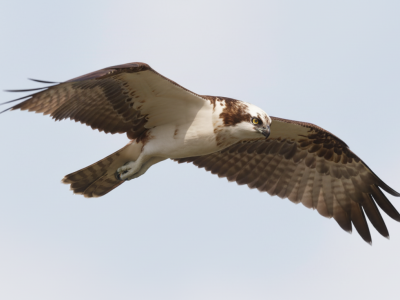
- November 9, 2025
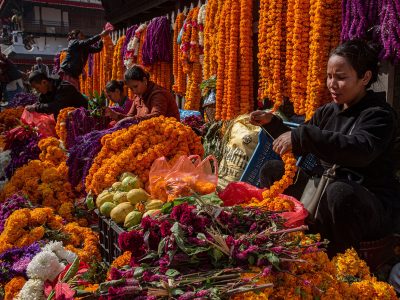
- October 15, 2025



